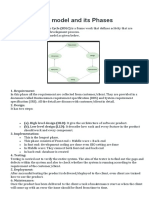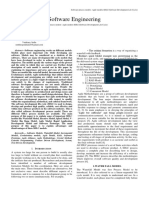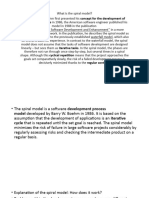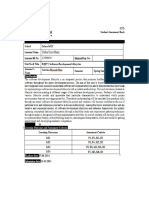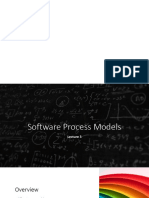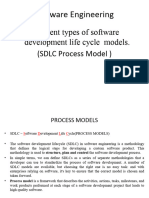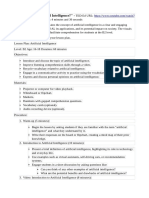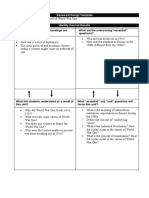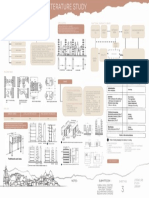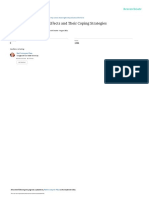0% found this document useful (0 votes)
16 views9 pages3 Software Model
The document outlines various software process models, including the Traditional Waterfall Model, Iterative Model, Spiral Model, and Rational Unified Process (RUP), each with its unique characteristics and applications. It emphasizes the importance of choosing an appropriate life cycle model for software development to ensure systematic and disciplined project execution. The conclusion reiterates the significance of understanding these models for effective software development.
Uploaded by
charlesvince682Copyright
© © All Rights Reserved
We take content rights seriously. If you suspect this is your content, claim it here.
Available Formats
Download as PDF, TXT or read online on Scribd
0% found this document useful (0 votes)
16 views9 pages3 Software Model
The document outlines various software process models, including the Traditional Waterfall Model, Iterative Model, Spiral Model, and Rational Unified Process (RUP), each with its unique characteristics and applications. It emphasizes the importance of choosing an appropriate life cycle model for software development to ensure systematic and disciplined project execution. The conclusion reiterates the significance of understanding these models for effective software development.
Uploaded by
charlesvince682Copyright
© © All Rights Reserved
We take content rights seriously. If you suspect this is your content, claim it here.
Available Formats
Download as PDF, TXT or read online on Scribd
/ 9





